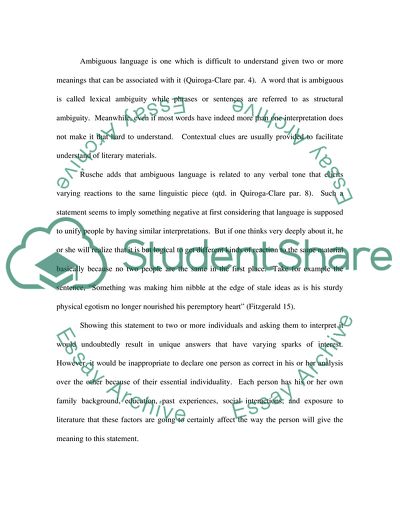Cite this document
(Purposely Ambiguous Language Research Paper Example | Topics and Well Written Essays - 1500 words, n.d.)
Purposely Ambiguous Language Research Paper Example | Topics and Well Written Essays - 1500 words. Retrieved from https://studentshare.org/social-science/1722110-modernism
Purposely Ambiguous Language Research Paper Example | Topics and Well Written Essays - 1500 words. Retrieved from https://studentshare.org/social-science/1722110-modernism
(Purposely Ambiguous Language Research Paper Example | Topics and Well Written Essays - 1500 Words)
Purposely Ambiguous Language Research Paper Example | Topics and Well Written Essays - 1500 Words. https://studentshare.org/social-science/1722110-modernism.
Purposely Ambiguous Language Research Paper Example | Topics and Well Written Essays - 1500 Words. https://studentshare.org/social-science/1722110-modernism.
“Purposely Ambiguous Language Research Paper Example | Topics and Well Written Essays - 1500 Words”, n.d. https://studentshare.org/social-science/1722110-modernism.


